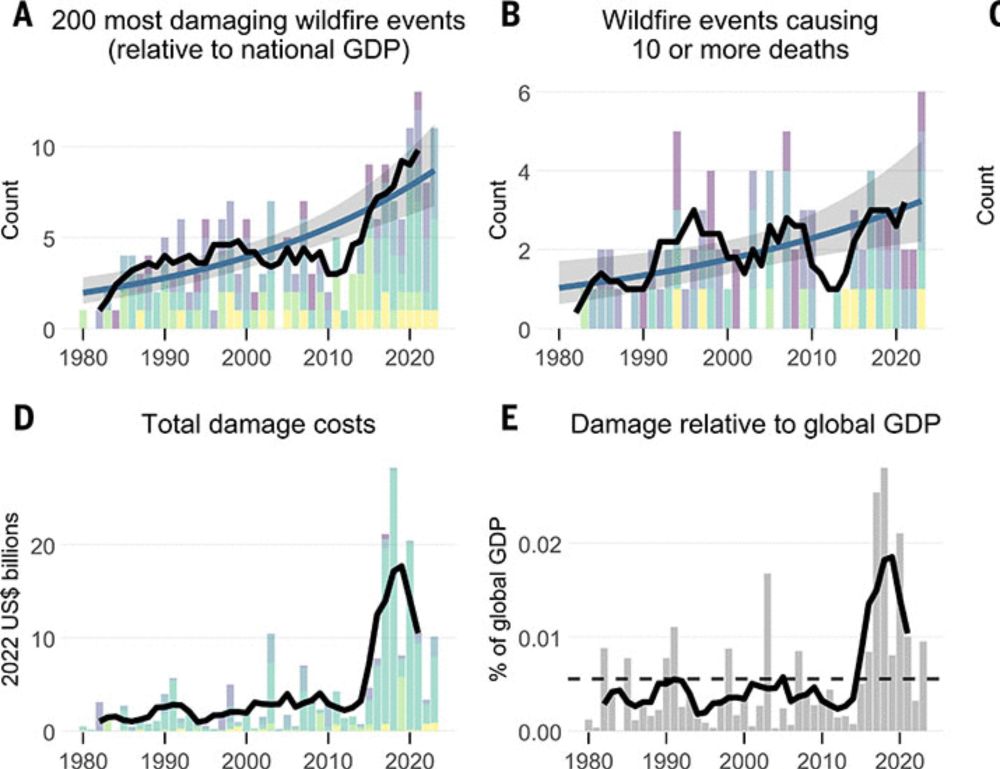
Climate scientist, Arctic, atmosphere, surface coupling
Living in Bergen, Norway
Nansen Center, Bjerknes Center
Publications: https://scholar.google.com/citations?user=v3d2ceIAAAAJ&hl=en
• Jump between different ski resorts (like Myrkdalen in the screenshot)
• Switch to major Nordic cities
• Or just click anywhere on the map to get a local forecast time series for that spot
In the time series you see the 5th, 25th, 50th, 75th and 95th percentiles, so you get a sense of the spread.

I’ve built a small interactive tool to explore ECMWF seasonal snow forecasts for the Nordics:
climatecompass.shinyapps.io/Snow_Depth_F...
Reposted by Scott C. Doney

There are two permanent positions available in our climate dynamics and prediction group, so if either sounds interesting to you do apply, or share with your colleagues:
www.jobbnorge.no/en/available...
www.jobbnorge.no/en/available...
Reposted by Peter Thorne, Richard Davy, Anthony Burke

www.newscientist.com/article/mg23...
Reposted by Peter Thorne, Richard Waite, Richard Davy

apnews.com/article/plan...

www.citizensinformation.ie/en/employmen...
“The wealthiest are increasing their wealth faster than any other group.”
That’s the story. Not the meaningless number.
We’re not wired to understand exponential scales — and that’s exactly how the story slips past us.
It’s too big, too abstract. Even billion vs. million is a scale most people can’t intuitively grasp — a billion seconds is 31 years; a million seconds is 12 days.

But with headlines like “the wealth of the top 1% reached $52 trillion”, the topic gets ignored — because those numbers mean absolutely nothing to anyone.
Reposted by Richard Davy

Reposted by Richard Davy
Four global teams will combine AI, advanced observations & modeling to close major carbon cycle gaps, strengthening climate projections worldwide.
🔗 buff.ly/8WVpM9s
WIRED coverage: buff.ly/YsLAcRZ


Reposted by Richard Davy

🧪🌊 Read the publication here: agupubs.onlinelibrary.wiley.com/doi/epdf/10....
Reposted by Tim Woollings, Richard Davy

Chris O’Reilly (Univ. of Reading) led a new paper on exactly this: rmets.onlinelibrary.wiley.com/doi/10.1002/...

Pair this with my pinned post and you will see what I mean!
If you’re working on climate dynamics, prediction, or sea ice processes, I’d love to hear your thoughts on how sea ice age could play a role in your work.
#Arctic #SeaIce #ClimatePrediction #ClimateModels #ESA #SAGE

A Fair Assessment of Sea Ice Age Reduces Bias and Gives New Insight to Arctic Sea Ice Dynamics
agupubs.onlinelibrary.wiley.com/doi/10.1029/...

docs.google.com/forms/d/e/1F...
#ESA #SeaIce
Reposted by Richard Davy
Reposted by Richard Davy



